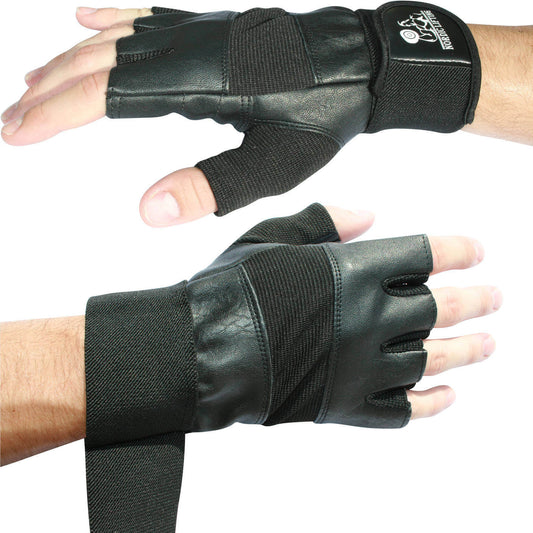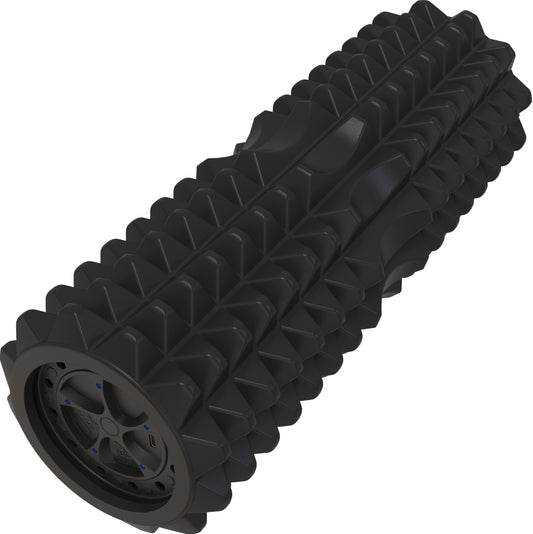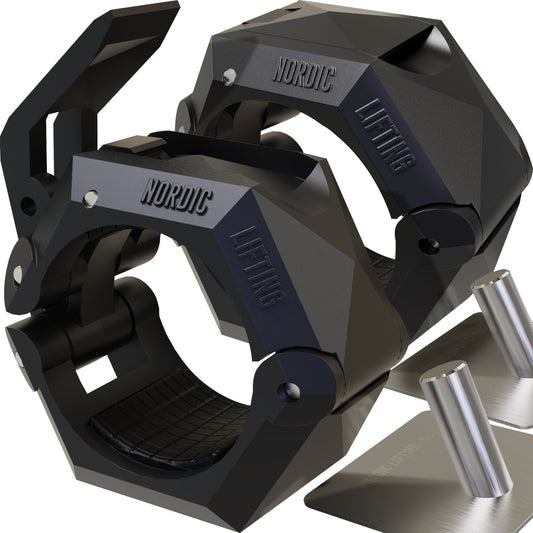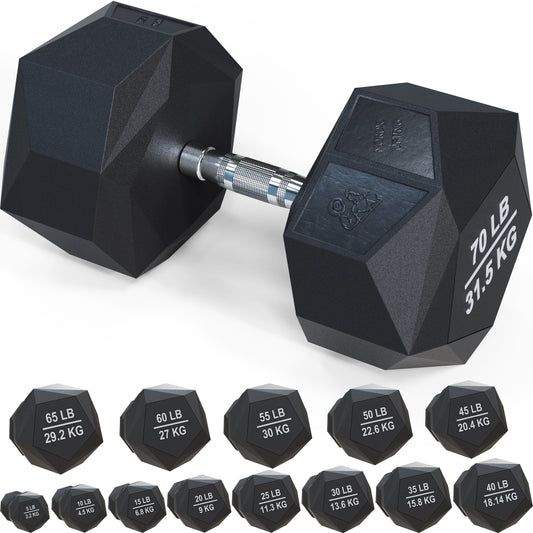Eating clean is something that most people would love to achieve. Sadly, it's just not for everybody. There are those who are able to stick to it and really kill it, but if you’re not one of them, don’t worry! You can still lose weight and even gain muscle through intermittent fasting.

You may be sitting there and asking, "Uh-oh, fasting? Does this mean I have to give up my snacks and everything in between meals?" No, not at all! "Okay, so is this another diet that will feed me only leaves?" Well, if you want to eat just leaves, sure! But it's not necessary with this strategy.
You can eat whatever you want, as many as you want. Good news? You don’t even have to hit the gym! Even better news? This doesn’t have to be a short-term diet; you just do it for a short period of time to lose weight rapidly. It’s so easy to follow; it can even be a lifestyle.
Does Intermittent Fasting (IF) sound familiar to you? It has been practiced throughout history, and it recently emerged again, becoming more and more popular as people discover that it’s one of the easiest diets to follow.
Simply put, intermittent fasting is not really a diet but an eating pattern. You control the times you eat rather than the food you eat. Sounds great for all those struggling with cravings, right?
Understanding how it works is easier than trying to solve a math problem. Basically, your body has two states: Feasting and Fasted.

Feasting
Right after you eat, your body goes into a feasting state for about 8–12 hours, where it completely processes the food. While this happens, your body is breaking it all down, absorbing the nutrients, and getting energy from the fuel provided by this food. The majority of the calories you burn during this period are actually from the food you just consumed and not from the fat already stored in your body.
Fasted
8–12 hours after your last meal, your body goes into the fasted state, where your body starts burning the “stored” fat for energy. Imagine having to fast for hours a day, and your body just keeps reaching for those fats.
The human body is more insulin-sensitive after a period of fasting, which is what we’re really aiming for because the more sensitive your body is to insulin, the more likely it’ll use up the food you just consumed as fuel instead of being stored as fat. By eating only at a certain, controlled time, you are preventing your body from storing more fat.
That’s how intermittent fasting works. Easy peasy!
Why should you consider Intermittent Fasting?
Intermittent Fasting has multiple benefits other than weight loss when done right, of course. First of all, it is naturally calorie-restricting. You won’t even realize it, but when you’re trying to squeeze in meals in the span of a few hours, you’ll be consuming less than you would if you were “allowed” to eat in 24 hours, so ta-da!
Weight loss. Also, it promotes muscle growth while losing weight (if you mix it up with some weight training before feasting and protein during feasting).
More importantly, Intermittent Fasting increases the amount of human growth hormone (HGH) in your body. A higher amount of HGH leads to a healthier immune system along with improved skin and heart health, enhanced cognitive function, lowered fat mass, and optimized lean muscle mass with a higher exercise capacity.

If you’ve reached this part of the article, you’re probably sold by now and asking the BIG question: “How do I start?”
There is literally one step, and that’s to decide when your feasting periods will be. The easiest and most common is the 16-8 pattern, wherein you’re not allowed to consume anything for 16 hours aside from water (hydrate up), tea, and coffee with no added sugar or milk. Once that 16-hour period is over, you may eat during the 8-hour feasting period before your next fast.
Bonus tips to keep in mind: Include your snooze time during the fasting period, and that’s already 8 hours down without a battle against hunger when you’re just starting out and having a difficult time. Also, if you plan on hitting the gym while practicing Intermittent Fasting, sweat it out right before your feasting window. Once done, you can eat glorious food and help your muscles recover.
While there are other patterns you can try, the 16–8 is a good start for those who feel that alternate-day fasting, or some other method is harder for them. The body adapts to this pattern rather quickly, as well. Heck, you might not even be aware that you’re already doing it! The thought of not eating sounds scary, but it’s so much easier than it sounds once you start.
Disclaimer: Always consult with a dietician or your doctor before trying out new diets such as this. We’re all different, and Intermittent Fasting may not work as well for you.












